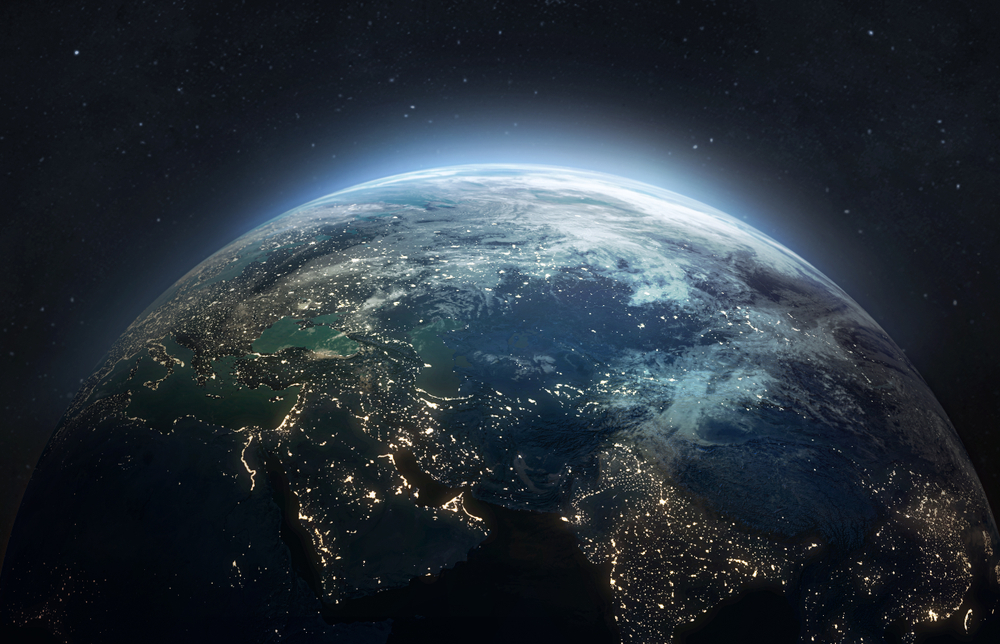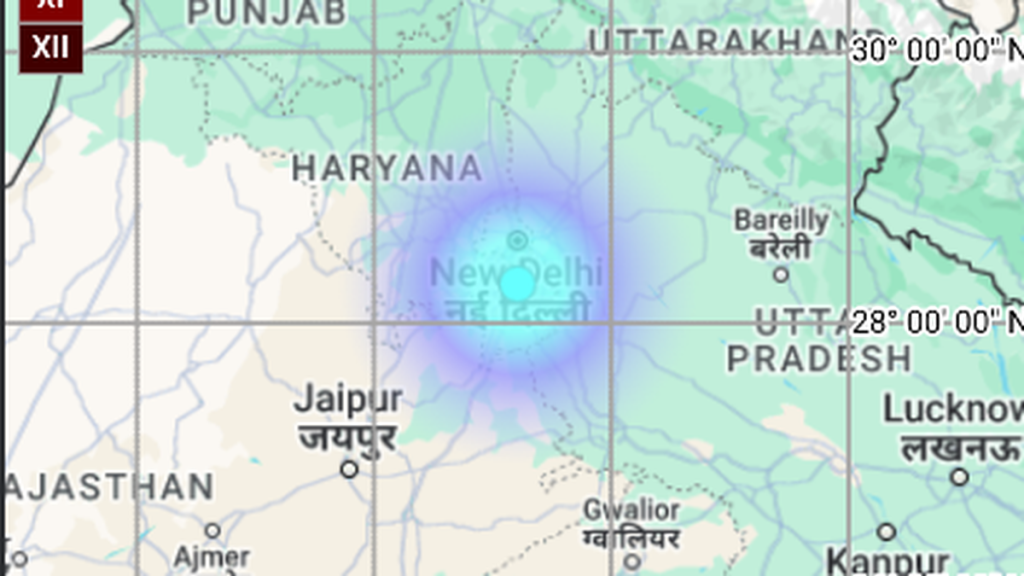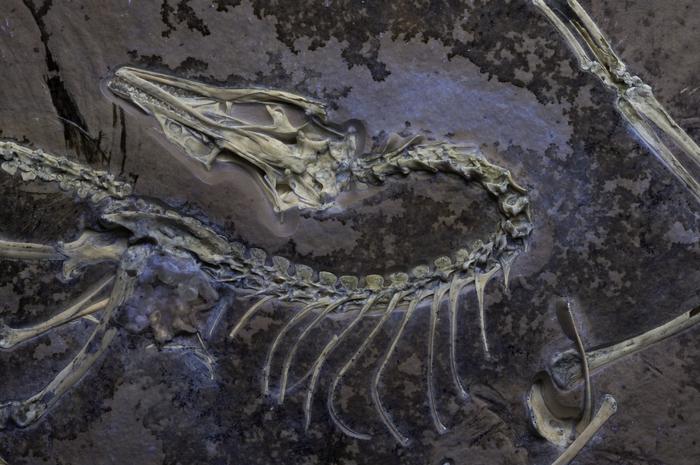Now Reading: Could Earth Have a Mind of Its Own? Exploring the Gaia Hypothesis
-
01
Could Earth Have a Mind of Its Own? Exploring the Gaia Hypothesis
Could Earth Have a Mind of Its Own? Exploring the Gaia Hypothesis

Quick Summary:
- James Lovelock, an English environmental scientist, developed the Gaia hypothesis in collaboration with American evolutionary biologist Lynn Margulis in the 1970s.
- The hypothesis frames Earth as a living system where all organisms interact to maintain environmental stability (homeostasis). Inspired by ancient Greek mythology, Lovelock’s concept likens Earth to a superorganism with mechanisms for regulating atmospheric temperature and ocean salinity through feedback loops.
- Critics argue that the Gaia hypothesis lacks empirical testing and is more metaphorical than scientific. Darwinists also contend that natural selection cannot work effectively at a planetary scale.
- Lovelock introduced Daisyworld as a mathematical model to address criticisms by demonstrating hypothetical climate stabilization via black and white daisies on an Earth-like planet but failed to fully address issues like “cheaters” or unstable systems.
- A 2022 study partially inspired by the Gaia hypothesis introduced the concept of planetary intelligence, proposing future technological integration (the “mature technosphere”) could enhance global ecological stability while helping combat climate change.
Indian Opinion Analysis:
the Gaia hypothesis challenges conventional thinking about Earth’s identity and broadens scientific dialogue around interconnected ecosystems-a perspective directly applicable to discussions on global sustainability. As India tackles its own pressing environmental challenges, such as deforestation and pollution, this framework encourages holistic approaches where human activity aligns with ecological stability rather than undermines it.
For Indian researchers advocating lasting technologies, lessons from concepts like “planetary intelligence” could boost innovation aimed at creating solutions that complement natural cycles while addressing issues like climate change or resource depletion effectively.
India’s diverse biological resources make it uniquely positioned for research into system-wide ecological interactions similar to what this theory advocates-a potential focal area connecting traditional knowledge systems with cutting-edge science.
Read More: Molecules From Space May Have Sparked Life on Earth Billions of Years Ago

























